Teaching the New Tools of Monetary Policy
Resources for teaching the Fed's monetary policy tools in an ample-reserves framework.
{{searchResultSnippet}}
 Back to All
Back to All
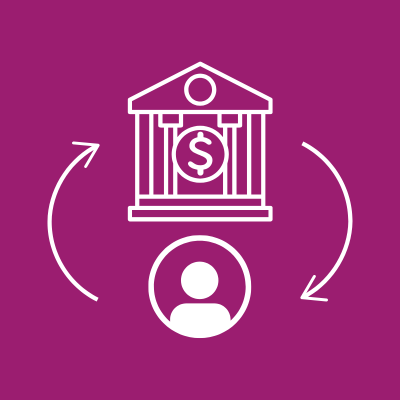
In this video assignment, find out how the Fed supervises and regulates thousands of U.S. financial institutions to ensure the safety and soundness of our financial sector.
What's another really important thing the Fed does? Personally, I think supervising and regulating all those thousands of financial institutions is pretty important. You're right, but why? I'd say because banks handle so much money and are so important to the whole economy you can see why they need to be supervised and regulated. We supervise and regulate the banks in our region to make sure they are safe and sound. 'Cause an ordinary citizen wants to make sure that when they put their money in the bank, it's safe. The Fed, in partnership with other federal and state agencies, supervises and regulates thousands of financial institutions. Some of these are bank holding companies, which are corporations that control banks, Savings and Loan holding companies, state-chartered banks that are members of the Federal Reserve System, foreign branches of member banks and the U.S. operations of foreign banks. Banks weren't always supervised and regulated the way they are today. In the early years of our country, there was very little supervision or regulation of banks at all and most of that was by individual states not the federal government. Most regulation was simply to make sure that banks had enough gold and silver in their vaults to back up their paper currency. But financial crises and panics took their toll. In 1893, a severe depression rattled the economy and eroded people's faith in banking. Then, in 1907, a panic caused a number of banks to fail. Scary events like these helped bring about the passage of the Federal Reserve Act of 1913. One of the key purposes of this act was to establish a more effective supervision of banking in the United States. Well the goal of supervision and regulation is fundamentally safety and soundness. This country, before the Fed, faced banking panics, where people would lose confidence in their bank, run to get their money out very quickly. We call them bank runs or banking panics. And, of course, the banking panic of 1907, which was kind of the final straw that prompted the creation of the Fed. Banking today is a lot more complex than it was in 1913, so bank supervision by the Federal Reserve has become even more necessary for keeping our economy stable. We're very focused on ensuring we write rules to force financial institutions to operate in a safe and sound manner. And, we also are involved in supervising institutions both large and small to make sure they are operating safely and in accordance with those regulations. We recognize that banking is a risk business, but it is so very important from a supervisory standpoint to make sure that those risks are easily measured, those risks are monitored and that limitations are in place that when they take risk that they have taken measures to mitigate it -- that they're prepared if something goes wrong. At times, like during the Great Depression that began in 1929, Congress has tightened regulations that affect banking. For example, the Banking Act of 1933, also known as the Glass-Steagall Act, allowed the Federal Reserve to regulate interest rates and savings accounts. In recent decades, some of the same regulations were loosened by Congress -- like reversing the prohibition on banks having branches in other states. Then, in 2010, Congress enacted the Dodd-Frank act. That law significantly changed the Fed's role in supervision and regulation of financial institutions. It expanded the Fed's supervisory and regulatory responsibilities to include savings of loan holding companies, certain non-bank financial firms and payment clearing and settlement utilities. These institutions were seen as important to the stability of the whole financial system. Dodd-Frank also moved most of the Federal Reserve's responsibility for consumer protection to a newly formed Consumer Financial Protection Bureau. Too much regulation can stifle banks and inhibit lending and and can negatively affect the economic activity that comes from the availability of credit. To little regulation, on the other hand, can lead to excessive risk-taking and then banks can get into financial difficulties, which then can cause financial instability.

Teaching the New Tools of Monetary Policy
Resources for teaching the Fed's monetary policy tools in an ample-reserves framework.
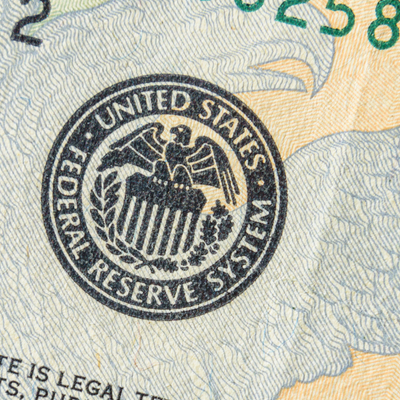
Making Sense of the Federal Reserve
Introduce the structure of the Federal Reserve and the basics of monetary policy.

Attacking Financial Panics: Panic of 1893
Analyze connections among historical events, identify causes of financial panics, and compare documents.
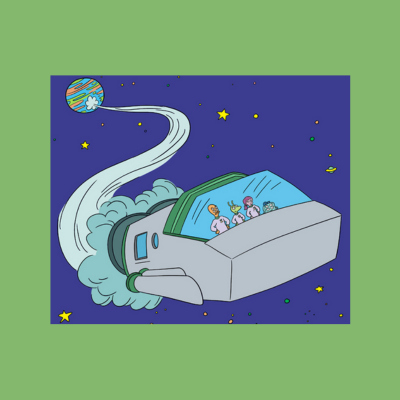
Una Historia de Interes y de Supervision
Explore los conceptos de interes, ahorrors, presupuestos y las responsabilidades de supervision de la Fed en promover la seguridad y estabilidad del sistema financiero.
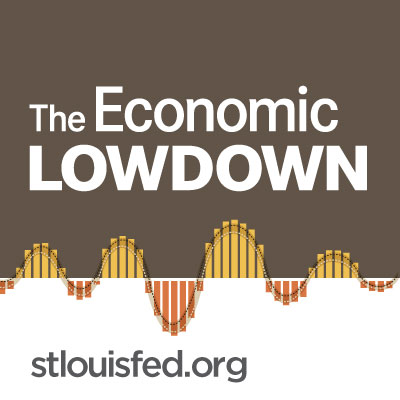
Econ Lowdown Podcast Series
21 Economics audio assignments for your classroom

Jargon Alert: Real Interest Rate
Learn about what the real interest rate is.
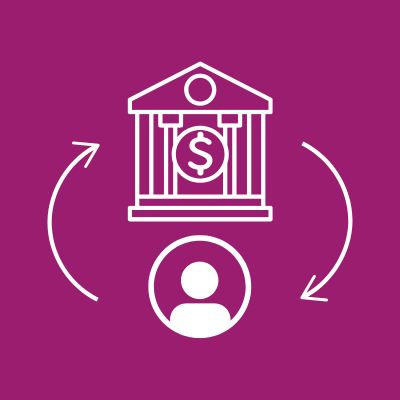
Boom Times and Bubbles: The Internet Age
Learn about the Monetary Control Act of 1980.

Central Banking
Learn the basics parts a central bank.

Creation of the Federal Reserve
Learn about banking panics, recessions, and depressions in the U.S. during the 1800s.

Inflation, Deflation, and Disinflation
Learn the differences between inflation, deflation, and disinflation.

Inflation, the Fed, and You
Learn what causes inflation.

Introduction to the Federal Reserve
Introduce the Fed’s three main functions.

Monetary Policy Fed and You
See how the Fed conducts monetary policy.

Money Versus Barter
Learn how money solves problems created by barter systems.

Price Stability
Learn the importance of price stability.

Stagflation in the 1970s
How did Federal Reserve Chairman Paul Volcker contain inflation, spurred economic growth, and reduced unemployment?
{{resourceTitle}}
{{resourceBlurb}}